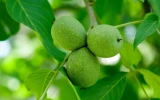Growing Black Walnut Trees for Profit: Detailed Breakdown
Have you ever thought about turning your black walnut trees into a source of income? It's possible, and with the right approach, it can be incredibly profitable. If you focus on improved cultivars that produce nuts with thinner shells and larger nutmeats, you could see up to five times the profit of those growing in the wild. But that's not all. There are other products that can be derived from these trees, making them even more valuable.
You can profit from black walnut trees for both their timber and their nuts. If your acre of black walnut trees produces 20,000 pounds of nuts, you can make a profit from the nuts alone when you sell them for $4 per pound. The estimated operating and maintenance costs amount to $5,700–$10,200 per year.
Before diving into the world of black walnut cultivation, you may encounter some issues, such as anthracnose damage, which could lead to a reduction in the tree's overall productivity. How does this damage affect your profit? Let's find out.
Using the knowledge gained from growing black walnut trees for profit will be crucial when you set out to start a walnut farm from scratch and align your farming methods with the most profitable strategies for long-term financial success.
Summary
- Be aware of potential anthracnose damage and how it may affect a tree's ability to transform sunlight into energy. Early in June is a good time to take care of this problem by providing the proper treatment to your crop.
- Improved black walnut cultivars generate nuts with thinner shells and larger nutmeats, increasing their profitability by up to five times compared to wild-grown kinds.
- Due to its exquisite color and grain pattern, black walnut tree timber is also in high demand, making it a premium option for veneer, flooring, and furniture.
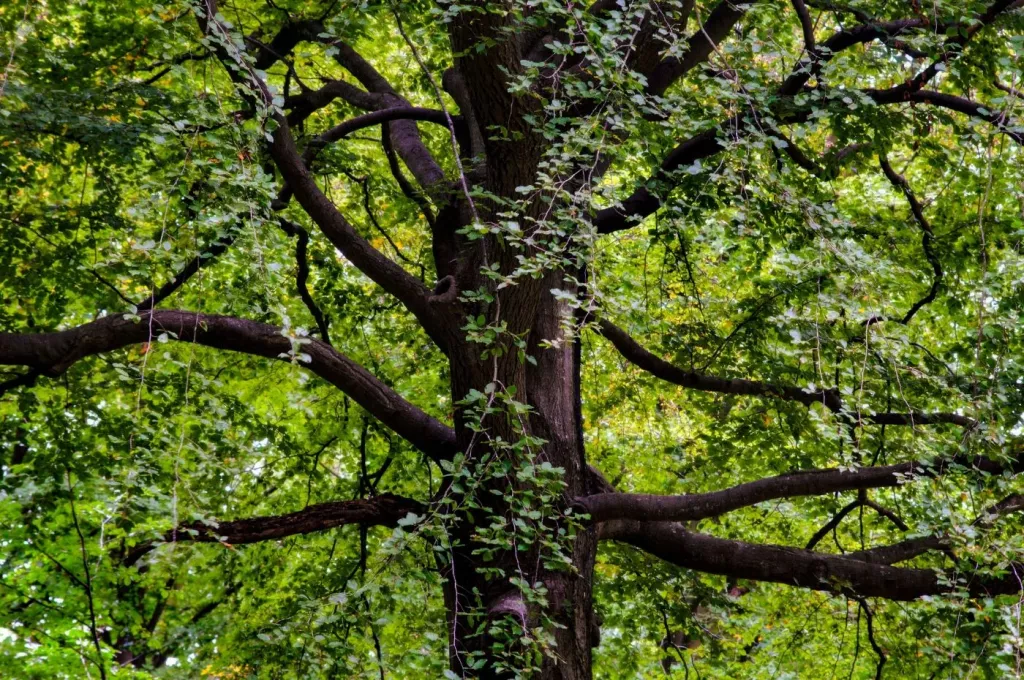
On this page:
The Costs of Growing Black Walnut Trees
| Costs of a 5-Acre Black Walnut Tree Farm | Estimated Cost |
|---|---|
| Land | $1,500 to $10,000 per acre |
| Soil testing | $15 to $200 |
| Fees and permits | $10,000 to $20,000 |
| Seedlings (500 - 1,000 seedlings at $5 - $10 each) | $2,500 - $5,000 |
| Labor (2 - 3 workers at $10 - $15 per hour for 1,000 hours per year) | $10,000 - $15,000 per year |
| Tools and equipment (chainsaws, pruning shears, ladders, etc.) | $5,000 - $10,000 |
| Irrigation (drip irrigation system) | $3,000 - $5,000 |
| Fertilization (fertilizer for 500 - 1,000 trees) | $500 - $1,000 per year |
| Pest control (pesticides for 500 - 1,000 trees) | $500 - $1,000 per year |
| Pruning (for 500 - 1,000 trees) | $1,000 - $2,000 per year |
| Harvesting (for 500 - 1,000 trees) | $5,000 - $10,000 per year |
| Transportation (to transport harvested nuts to market) | $1,000 - $2,000 per year |
| Total estimated cost for a 5-acre black walnut tree farm | $28,500 - $51,000 per year |
Land acquisition and preparation for your black walnut plantation
Consider factors such as soil quality, water availability, and the location's climate when choosing land. The costs involved in this stage include land purchase or lease, soil testing, and land preparation like clearing vegetation, plowing, or chemical treatments. It's essential to invest in an area with favorable conditions to support your black walnut trees' growth and longevity.
Purchasing and planting black walnut seedlings
The price of seedlings depends on the quality, size, and quantity you're seeking. While most seedlings can be acquired for a few dollars each, you may opt to invest in higher-quality, genetically improved seedlings for better growth and final product quality. Additionally, consider labor costs for planting the seedlings and any equipment or tools needed to facilitate the process.
Ongoing maintenance expenses on your black walnut farm
Maintenance expenses include costs associated with irrigation, fertilization, pest control, and pruning. Be mindful of potential anthracnose damage and its effect on the trees' ability to convert sunlight into energy. Addressing this issue through appropriate treatment in early June can further protect your crop.
Irrigation systems, such as drip or sprinkler setups, will ensure that your trees receive adequate water throughout their growth cycle. Additionally, regular fertilization, pest control measures, and pruning will help promote healthy and productive tree growth.
Harvesting and transportation costs for your farm
Once your black walnut trees are mature and producing nuts, you will need to account for the costs of harvesting and transportation. Harvesting costs include labor expenses for collecting the nuts and equipment purchases or rentals for operations like shaking and sweeping. Depending on your plantation's size, you may need to invest in specialized machinery to hasten and simplify the process.
Finally, transportation costs arise when moving the harvested nuts to processing facilities or markets. You'll need to consider factors like transportation distances and the type of transportation used to deliver the black walnuts to maintain freshness and quality while minimizing costs.
Profit Analysis from Growing Black Walnuts

Assuming your black walnut trees can produce 50 pounds of nuts per tree and you have 400 trees on your 1-acre property, you can sell 20,000 pounds of black walnuts at a market price of $4 per pound and a total production cost of $5,700 per year. We calculate the breakeven point as follows:
Breakeven Point = Total Production Cost / Total Revenue
Breakeven Point = $5,700 / $80,000 = 0.07125
Therefore, the breakeven point is 0.07125, or approximately 7.125%. This means that the production cost is 7.125% of the revenue earned from selling 2,000 pounds of black walnuts at $4 per pound.
To make a profit, the revenue earned from selling black walnuts should exceed the total production cost.
Profit = Total Revenue - Total Production Cost
Profit = 20,000 pounds x $4 per pound - $5,700
Profit = $80,000 - $5,700 = $74,300
Therefore, to make a profit of $74,300, you would need to sell more than 2,000 pounds of black walnuts. The exact amount would depend on the price per pound and the production cost per pound.
Market prices and demand of black walnuts
Black walnut trees are not only valuable for their nuts but also for their timber. As a grower, it's essential for you to understand the market prices and demand for both nut and timber products. In the case of nut production, improved black walnut cultivars produce nuts with thinner shells and larger nutmeats, making them up to five times more profitable than wild-grown varieties.
The price of walnuts can vary depending on variety, quality, market demand, and location. According to the USDA National Agricultural Statistics Service, the average price per pound for black walnuts in the United States was $1.92 in 2020.
Timber from black walnut trees is also in high demand for its beautiful color and grain pattern, making it a premium choice for furniture, flooring, and veneer. Typically, it takes about 30 years for a black walnut tree to reach its prime harvesting size; however, the real payoff comes at harvest.
Along the way, you can thin your walnut stand to provide some income. The price of unprocessed black walnut wood can start at around $5.25 per foot for a 4x4, while quarter sawn black walnut can go for around $7.5 to $8 per foot. Processed black walnut wood can fetch much higher prices.
Calculating return on investment from your farm
To help you determine your return on investment for growing black walnut trees, you will need to consider the costs associated with establishing and maintaining an orchard. Some typical expenses include the cost of trees (e.g., $16.35 per tree), planting, and management costs like pruning and irrigation.
Assuming a 24 x 28-foot spacing and 65 trees per acre, you can expect to spend about $1,062.75 per acre on tree costs alone, excluding additional establishment and maintenance expenses over the years (UC Davis).
When estimating your return on investment, consider the following factors:
- The market prices for Black Walnut nuts and timber
- The productivity of your specific cultivars and management practices
- The size and quality of your harvests
- Any additional income from thinning operations
Fundamentals of Black Walnut Trees
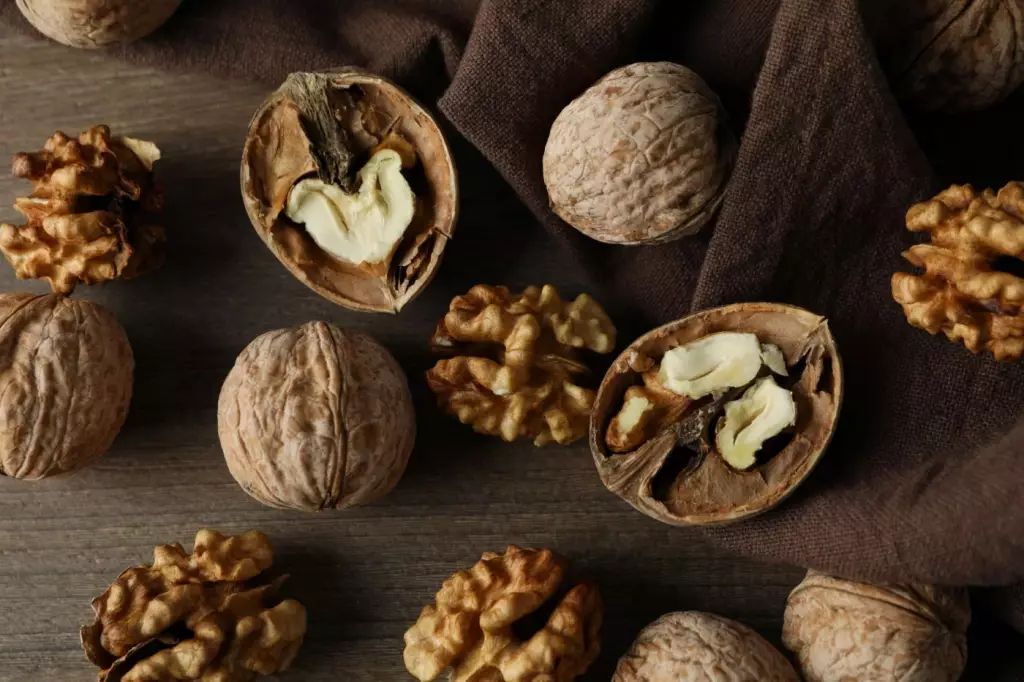
Tree characteristics of black walnuts
Black walnut trees are known for their valuable timber and delicious nuts. They are deciduous trees, shedding their leaves annually, and can reach heights of 70 to 150 feet with a 3 to 6-foot diameter trunk. These trees have strong, straight stems that provide high-quality wood and a deep taproot system that makes them drought-resistant.
The nuts of black walnut trees have a hard outer shell with flavorful, nutrient-rich meat inside. Some improved cultivars produce nuts with thinner shells and larger nutmeats, making them up to five times more profitable than trees growing in the wild.
Ideal growing conditions of black walnut trees
These trees thrive in well-drained, fertile soil with a pH between 6.0 and 6.5. They need full sunlight for best growth and nut production, so make sure they are planted in an area that receives at least six hours of direct sunlight daily.
Black walnut trees require proper spacing to grow and develop a healthy canopy. Plant your trees about 25 feet apart to allow for adequate air circulation and exposure to sunlight. Ensure you water them regularly, especially during the first few years of growth.
Before sowing black walnut seeds, they need to go through a process called stratification, which involves creating a dormancy period of around 3 to 4 months to induce germination. This process is crucial to ensuring the successful germination and establishment of your black walnut plantation.
Challenges and Risks of Growing Black Walnut Trees
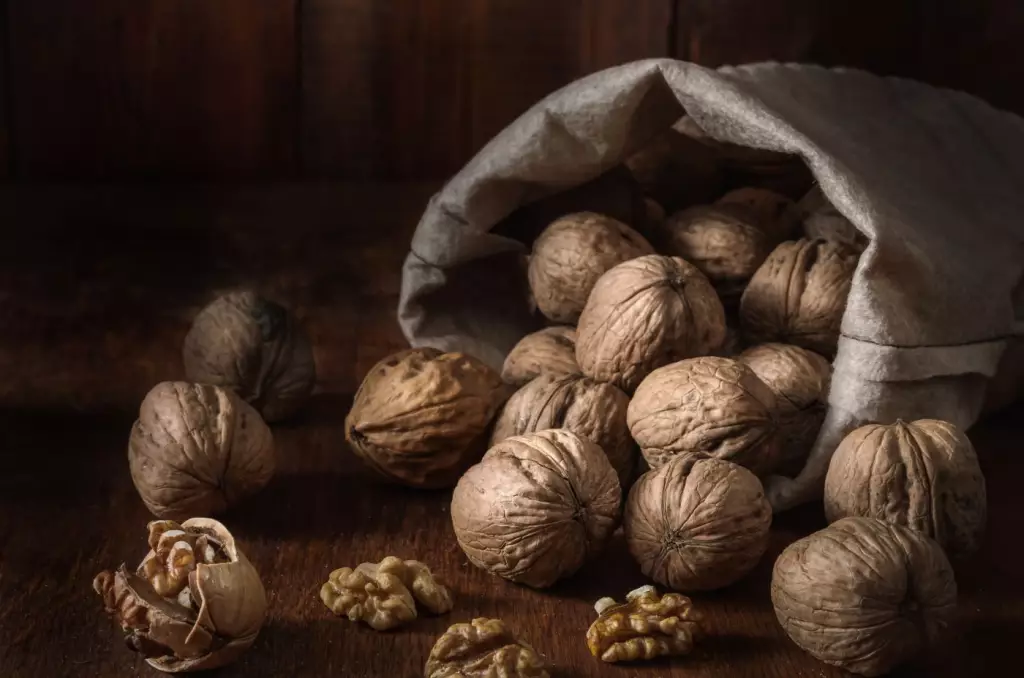
Pest and disease management on your farm
Black walnuts are notorious for anthracnose damage, which can cause them to lose their leaves in the middle of August, reducing the tree's ability to convert sunlight into energy. To protect your crop, consider spraying the trees in early June, as anthracnose damage tends to occur around mid-June.
Anthracnose is a fungal disease that can affect black walnut trees. The disease causes brown or black spots on the leaves, which can eventually cause the leaves to drop prematurely. In severe cases, the disease can also cause dieback of branches and cankers on the trunk.
The proper treatment for anthracnose in black walnut trees involves a combination of cultural and chemical methods. Cultural methods include pruning to remove infected branches, improving air circulation around the tree, and avoiding overhead irrigation. Chemical methods involve the use of fungicides to control the disease.
Fungicides should be applied preventively, before the disease becomes severe. The timing and frequency of fungicide applications will depend on the severity of the disease and the specific fungicide being used. It's important to follow the label instructions carefully and to wear protective clothing and equipment when applying fungicides.
Another issue that may arise is pests causing damage to the trees or the nuts themselves. You'll need to keep a close eye on your trees and take preventive measures against common pests like the walnut husk fly, which can cause discolored and shriveled nutmeats, making them unmarketable. Implementing an Integrated Pest Management (IPM) plan can help minimize pest damage while reducing the reliance on chemical pesticides.
Unexpected weather events for black walnut trees
Flooding, in particular, can prove detrimental to young walnut trees during the growing season. If water remains over the tops of trees for more than two days, the trees usually die. As such, you should take care to select a well-drained plot of land when establishing your walnut plantation.
You can also consider using grafts from patented superior black walnut trees, which not only provide a known, reproducible genetic source but can also be more resistant to various environmental stressors.
Moreover, fluctuations in temperature and precipitation can affect the development and productivity of your walnut trees. It's crucial to monitor local weather conditions and respond accordingly by implementing appropriate irrigation and frost protection measures if necessary.
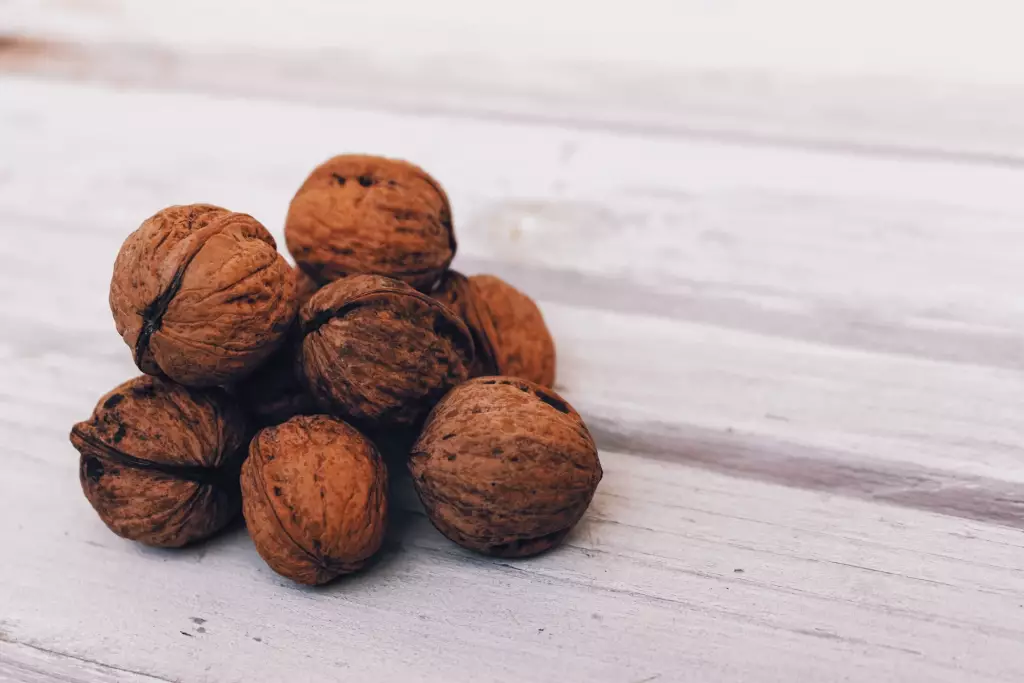
As you delve into growing black walnut trees for profit, understanding their growth patterns and requirements becomes essential, as it directly influences how efficiently you can cultivate them to maximize your financial returns.
Scaling Up and Marketing Your Black Walnut Products
Expanding your black walnut plantation
Assess the available land, soil quality, and water availability to ensure healthy growth of the trees. Be aware that flooding can kill young walnut trees during the growing season if water remains over their tops for more than two days.
As the demand for black walnuts grows, it is important to invest in grafts from patented superior black walnut trees. These improved varieties offer better nutmeat-to-shell ratios, making them up to five times more profitable.
Finding buyers for your walnuts and timber
To maximize your profit, it is essential to find buyers willing to pay a premium price for your black walnuts. Some potential buyers include:
- Local grocers and specialty food stores
- Health food stores and restaurants
- Online marketplaces
- Nut processing and packaging companies
Setting a competitive price for your black walnuts is crucial. The value of black walnut trees varies based on factors like diameter and overall condition. A tree with a large diameter (roughly 20") in good condition can be worth between $700 and $800. As the diameter increases, so does the tree's value.
Creating partnerships in the nut industry
Establishing partnerships with other businesses and organizations in the industry can help grow your black walnut plantation's reach and profitability. Consider partnering with:
- Local nurseries for grafted tree supply
- Tree planting and maintenance services
- Nut processing facilities for more efficient harvesting and processing
- Marketing firms specializing in promoting agricultural products



